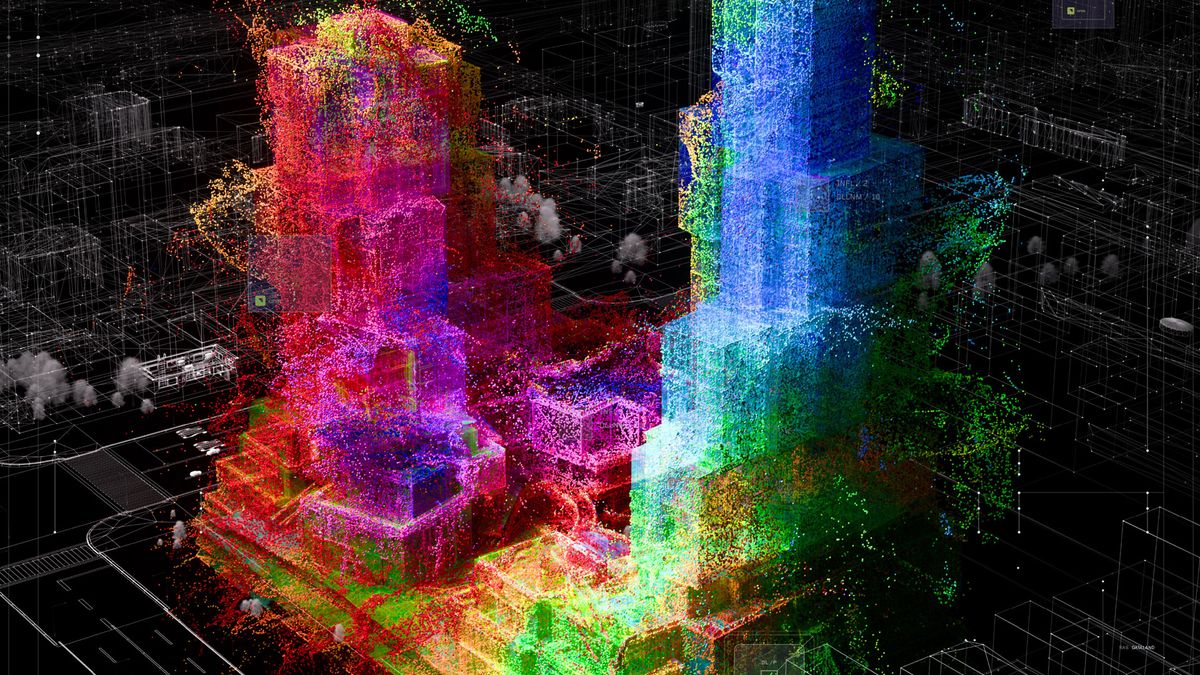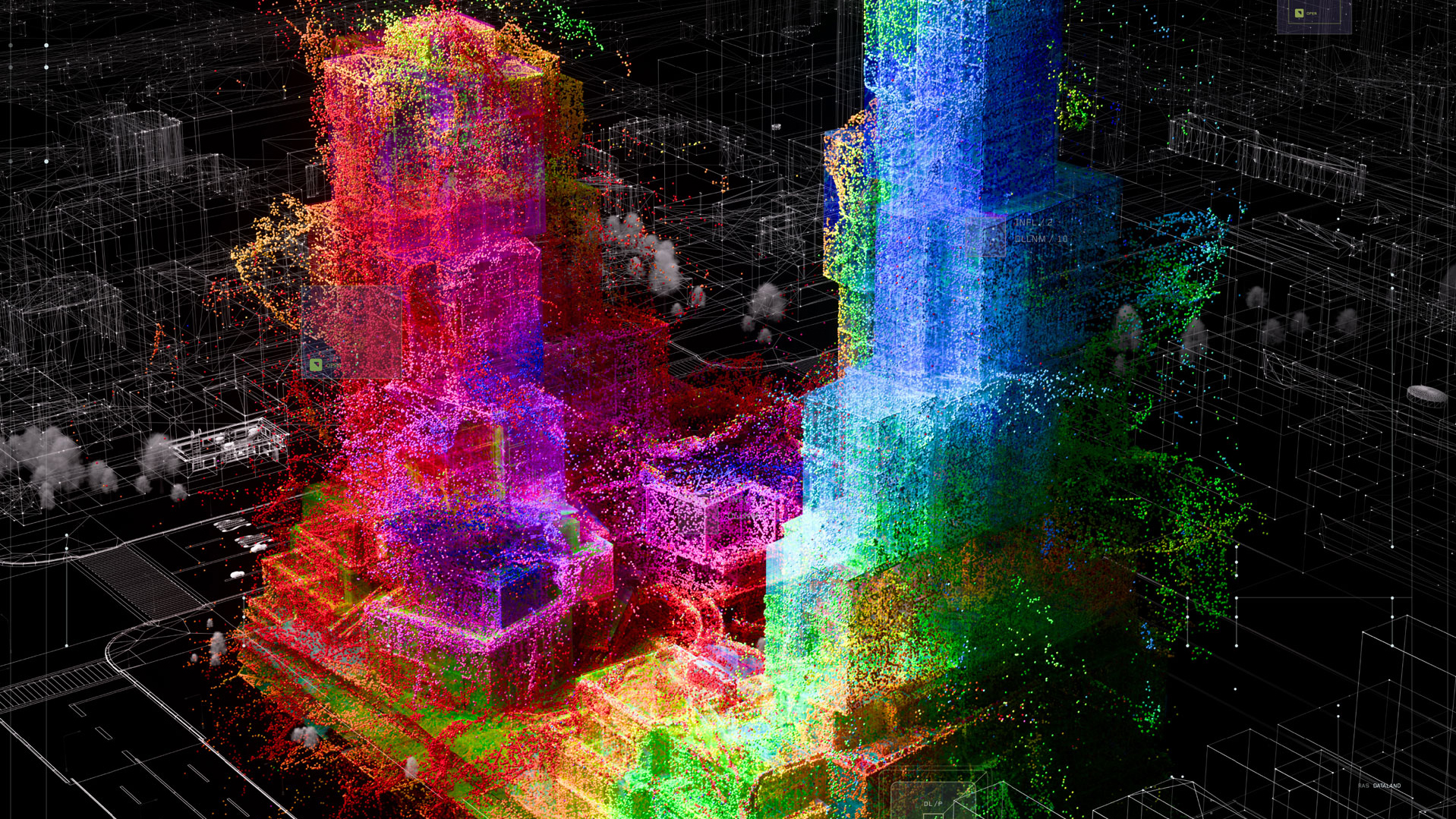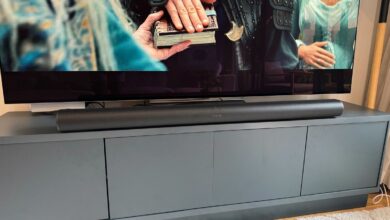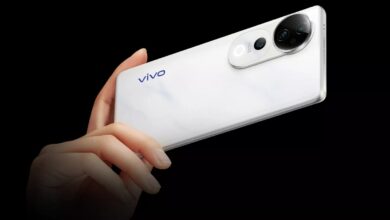The world’s first permanent museum for AI art is a mind-boggling and polarizing concept that fascinates me


There are plans to open the world’s first permanent museum for AI art next year. Datalandthe brainchild of the new media artist Refik Anadolwill be a 20,000-square-foot space next to galleries such as MOCA in the famed Frank Gehry-designed Grand LA development, a cultural hotspot in Los Angeles, California.
Anadol describes Dataland, which will house digital artworks and installations expressed through its own Large Nature Model (LNM), as a place “where the human imagination meets the creative potential of machines.”
The Large Nature Model from Refik Anadol Studio is the world’s first open source AI model based solely on nature data. The model was trained on data secured with permission from partners, including millions of specimens, objects, images and sounds from the Smithsonian, London’s Natural History Museum and the Cornell Lab of Ornithology, as well as half a billion wildlife images.
The resulting multi-dimensional data visualization installations are fascinating and immersive, a “living museum made of pixels and voxels.” Below you can see an example.
Not only is the Large Nature Model data collected ethically (as opposed to collecting data without consent, which is the approach of many AI image generators), but it is also run on Google servers in Oregon, which use only sustainable use energy, leading Anadol to label its data as a model “ethical AI.”
In an interview with the Los Angeles Timessays Anadol: “We are combining Gehry’s building with the infrastructure and technology of AI, and this never-before-seen art form.” He also explains that he is still working on what he will call this new art form. It’s “no AR, no VR, no XR… the best name yet, and people love it, is generative reality.”
Is GR the future of art?
Is co-creating with AI the future of art?
For at least two years now, there has been a tidal wave of AI-generated images hitting the mainstream photography world. An AI-generated image tricked judges into winning a photography competition, and I spoke to award-winning artists and photo competition organizers who had mixed feelings about AI in the art world. Some believe that the rise of AI, especially in the arts, amounts to the loss of what makes us human, while others are open to AI’s role in creativity.
Anadol is more than open-minded. He embraces AI and describes its role in art to the Los Angeles Times as a “co-creator and co-being.”
His fascinating works of art aren’t just the result of a few word prompts in a generator, created using someone’s data without their knowledge. Data is ethically sourced from partners and carefully labelled. In one example, Anadol says they have 75 million flowers, which took a year to label, all of which are also available to other artists and researchers.
The Dataland team also personally collects data from unique locations around the world, such as rainforests, using various technologies including LiDAR, photogrammetry, ambisonic audio, high-resolution imagery and even scents.
Anadol’s practice provides a compelling antidote to the all-too-often sinister and unethical use of AI in art. It’s a multi-sensory art form with the power to educate that some fans even label a “movement.”
I am relatively open-minded about AI in art, although I prefer to celebrate human creativity, but I have not embraced AI and its presence in my daily life with the same passion as Anadol. However, his concepts have opened my mind to the positive ways AI can be used for creative purposes, and I’m very much looking forward to seeing Dataland when it opens next year.




